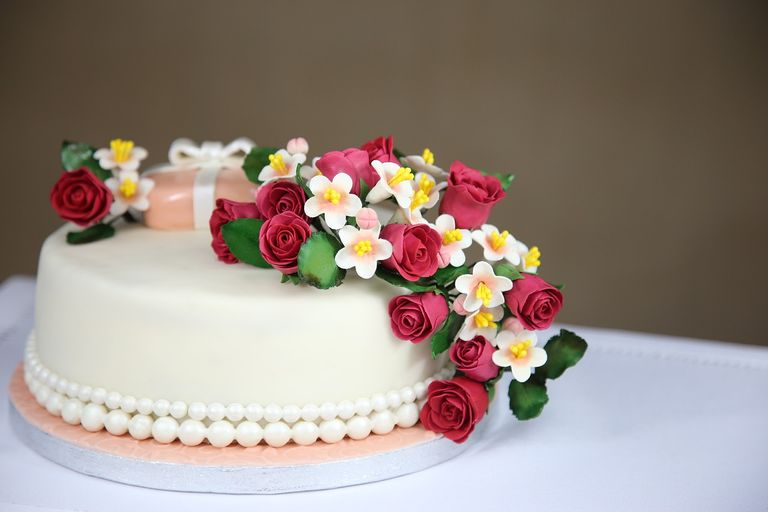
Link
There's this feeling that comes with achieving a tasty and moist cake after baking for your family, friends, and clients.
Growing up, I have always been a lover of sweet and tasty cakes until one faithful day, I ate something I would tag the worst cake I'd ever tasted.
There and then I decided that if I want to continue having tasty cakes, why not learn how to make one?
With every cake or pastry, one is baking, it is important to note that baking involves careful accuracy in your ingredient measurements that's why there are measuring tools.
Here are some helpful tips as you prepare to bake
Baking Equipments

Link
Ensure that your oven temperature is accurate. Even a .5 degree variance can make a big difference in your cakes.
To achieve an accurate temperature, make sure the oven is completely pre-heated before placing your cakes in the oven and make sure it is heated to the recipes' required temperature.
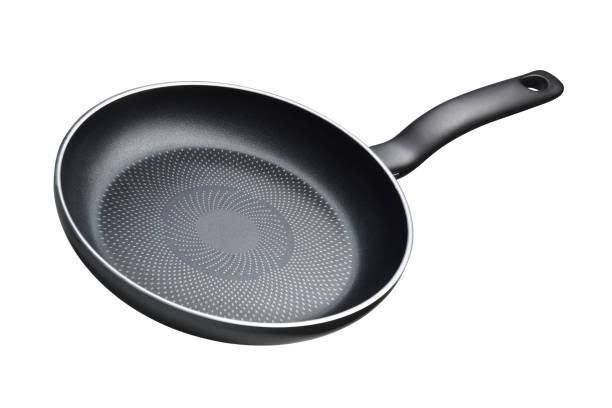.jpeg)
Link
While most recipes need you to grease and flour your pan, some others have other requirements but whether or not you are greasing from top to bottom, only the bottom or none at all, just ensure you have prepared your pans right.
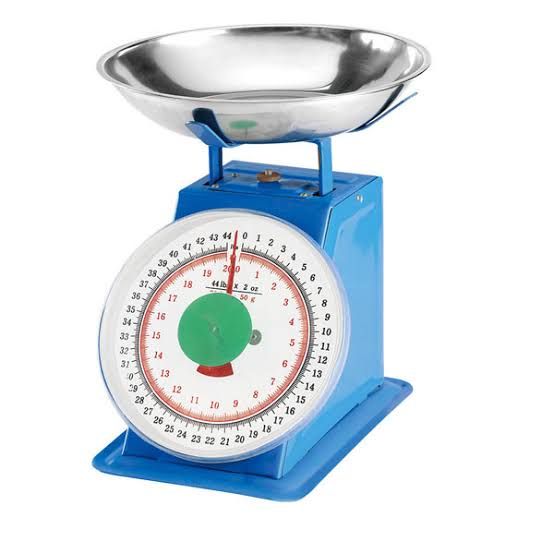.jpeg)
Link
A good kitchen scale is an invaluable tool with so many uses in the course of baking. That you can determine the right measurements for each required ingredient and the batter in your pan is all thanks to a good kitchen scale.
There are two types of scales:
- Spring-loaded scales.
- Digital scales.
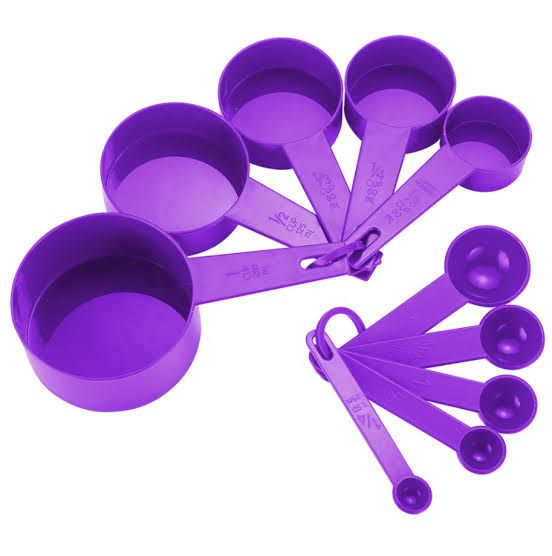.jpeg)
Link
These are the traditional methods of measuring ingredients as sometimes one might not be able to afford a weighing scale. They can be in form of plastic cups or glass mugs with markings.
Make sure to use dry measuring cups and spoons for your dry ingredients and liquid measures for wet ones so you don't complicate your measurements also, fill the measuring cups in the same quantity as required by your recipe.
For instance when you scoop your flour, try to level it with either a spatula, s straight flat edge, or your hand bearing in mind that you are improvising a kitchen scale. It may differ as to when a kitchen scale is used but most of these cups are marked to serve as a guide like a kitchen scale would do.
Note that when baking, a tablespoon more or less can affect your final product that's why a kitchen scale is highly recommended but in a situation where one can't lay hands on a good kitchen scale, you must ensure that you add your ingredients taking cognizance of the markings on your measuring cups and spoons.
Another important thing to note is this; does the recipe say “2cups of sifted flour” or “2 cups of flour”? These are 2 different quantities.
Flour that is measured straight from the bin is more compacted than flour that has been sifted. How long the flour has been sitting in the bag can affect how much flour you end up with in your recipe.
Take note of the exact instructions for your recipe. If you're working with a cookbook or pastry book, read the forward in the book and see if the author makes recommendations as to which method is best.
Ingredients
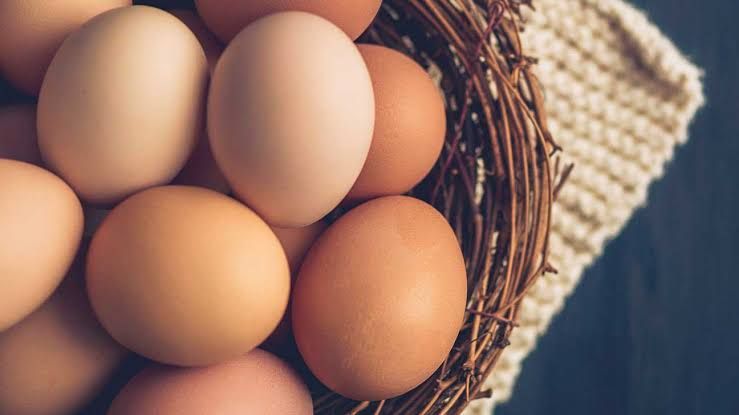.jpeg)
Link
It is advisable to use eggs that are at room temperature as cold eggs can change the consistency of the batter.
Most instructors, cook or pastry books, and recipes can instruct to use large table eggs but let's not forget that more or less liquid can alter the consistency of the batter so make sure to use the size and quantity your recipe requires as eggs act as binding agents to your ingredients by holding the moisture and determining the richness of your cake.
It is also very important to note that the eggs should be whisked properly either before being added to the batter or in the batter to get a suitable consistency.
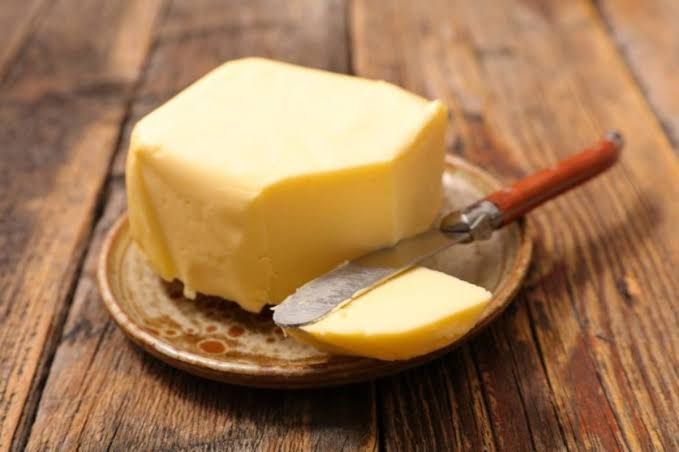.jpeg)
Link
Just like the eggs, your butter should also be of room temperature or softened as cold butter is almost impossible to cream.
To maintain a good batter consistency, your butter should not be under or over-creamed. Also, your butter should not be too much if not you'd end up with an oily cake and it shouldn't be too little either else you'd have a dry cake.
.jpeg)
Link
Both baking soda and baking powder are leavening agents, which are substances used to help baked goods rise. It was formally known as sodium bicarbonate. It is a white crystalline powder that is naturally alkaline, or basic.
Baking soda becomes activated when it’s combined with both an acidic ingredient and a liquid. Upon activation, carbon dioxide is produced, which allows baked goods to rise and become light and fluffy.
This is why recipes that include baking soda will always list an acidic ingredient like buttermilk or lemon juice.
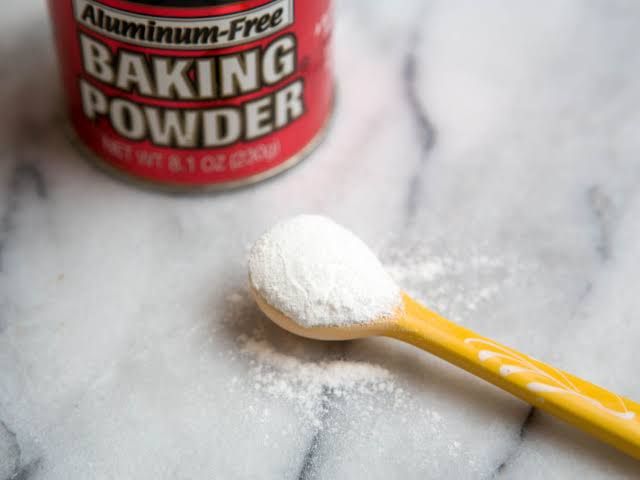.jpeg)
Link
This is used to increase the volume and lighten the texture of baked goods. Unlike baking soda, baking powder is a complete leavening agent, meaning it contains both the base (sodium bicarbonate) and the acid needed for the product to rise.
A good role of thumb is to use at least 5ml which is equal to 1 teaspoon) of baking powder for every cup of flour. This rule might not work for every recipe so to be on the safe side, ensure to use the requirements that suit your recipe.
Note that Baking powder can be used as a substitute for Baking soda.
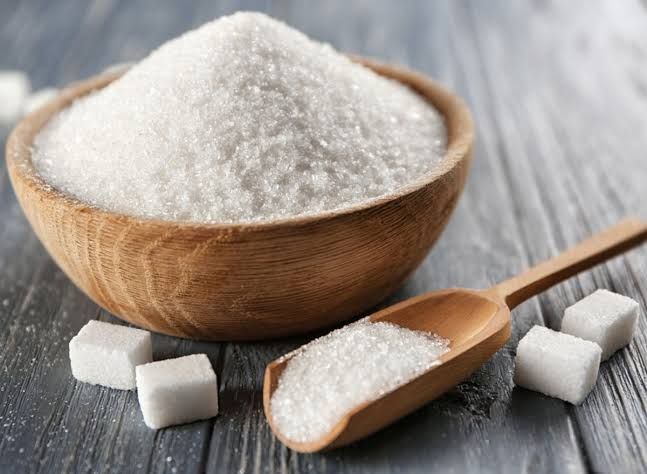.jpeg)
Link
Some cook or pastry books will say brown or white sugar but as always ensure you use the sugar that fits your recipe in the right proportion and required quantity so you don't have a sugary cake instead of a tasty cake. As the saying goes, too much of everything is not good.
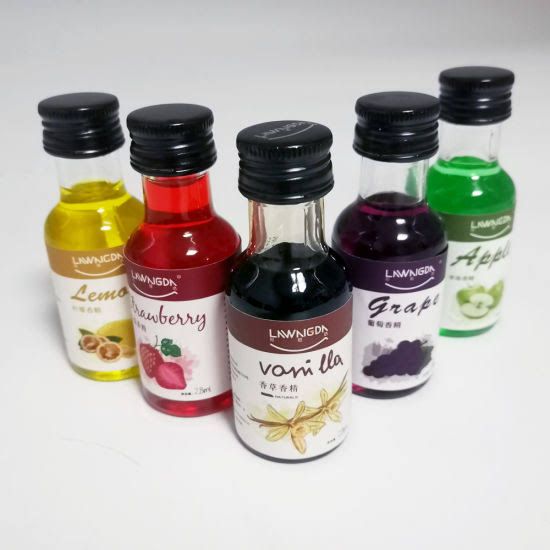.jpeg)
Link
These are also determinants of whether your cake will come out nice and tasty or not. Just like the names imply, a banana cake requires a banana flavor, a vanilla cake a vanilla extract flavor, a strawberry cake a strawberry flavor, and so on.
Make sure to add them in the right proportion so that it doesn't affect the taste of your cake negatively.
Although this is optional, it helps for longer shelf life for your cake. Examples of preservatives you can use are; Alcohol and Lemon zest.
The measured out and sifted flour come in last so that you mix it all in and your cake batter is ready. Pour into your greased pan or pan with parchment paper and put into the already set oven to bake.
When the cake is done, bring it down from the oven and cool according to your recipe as most cakes require that you cool in the pan for 10 minutes or more, depending on size, and then remove it from the pan, by placing a cooling rack over top of the cake and flipping it right-side-up on another cooling rack.
There are exceptions, though, so be sure to do as your instructions dictate.
You might be wondering 'almost every step is according to your recipe' and you're asking why.
That's because there's nothing like successful baking if you don't follow the required and necessary steps.
Summarily, if you set your oven to the correct temperature, measure out your ingredients accurately, prepare your pans and assemble the recipe as supposed to.
Bake and cool the cake the same way every time you bake, you can be sure to always count on a moist and delicious result each time you bake.
Greetings,
Also, keep in touch with Blurtconnect-ng family on Telegramand Whatsapp
Peace